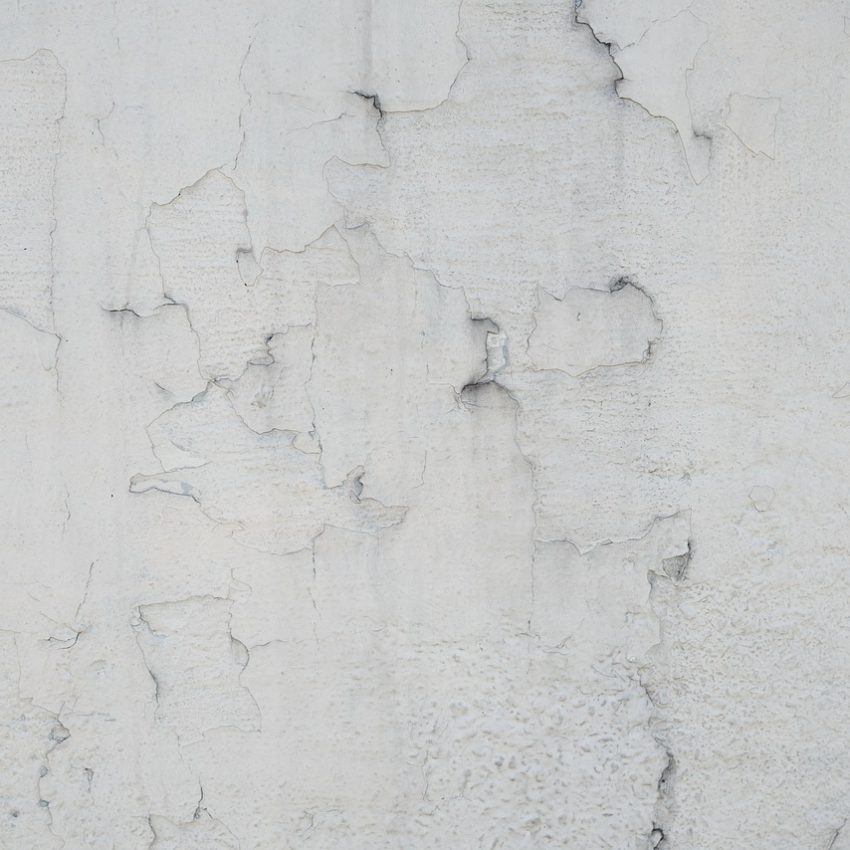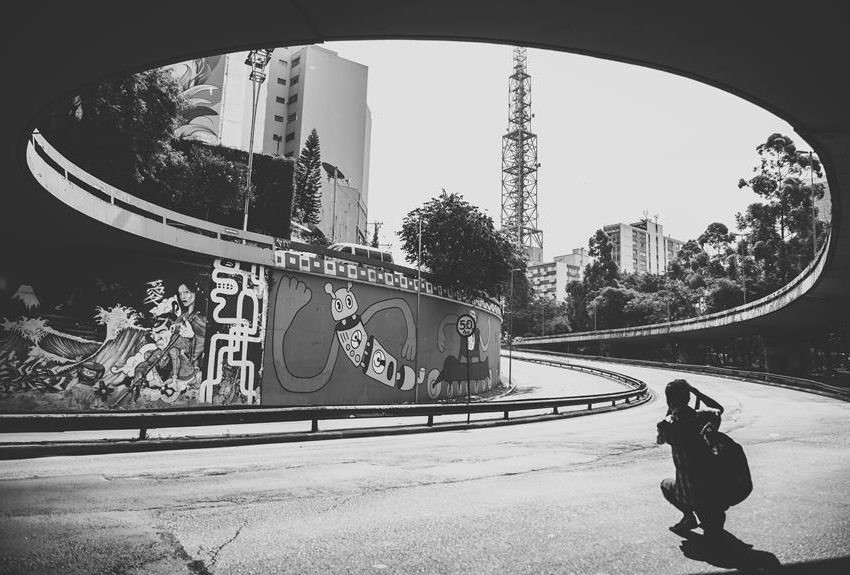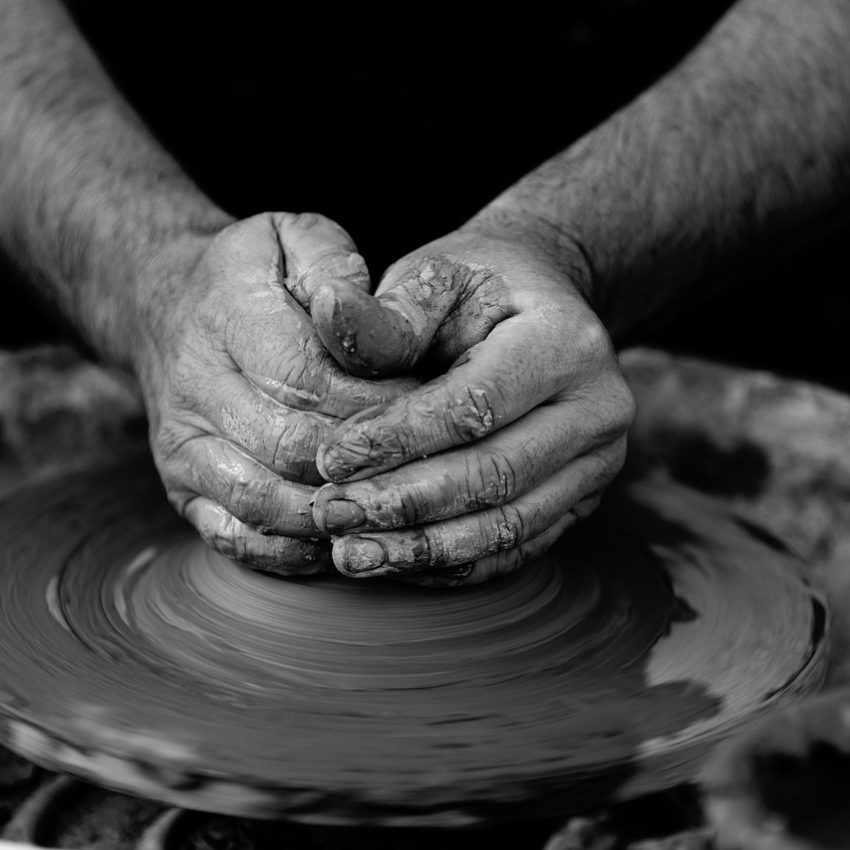Exploring German Expressionism: From German Expressionist Film to Art in Cinema and Beyond
German Expressionism stands out as one of the most iconic styles within silent cinema, albeit its definition can be elusive at times, highlighting its enduring influence on the art movement and genres like film noir.
Originating in poetry and visual arts in the early 20th century, Expressionism transitioned into realms such as theatre, architecture, and cinema in the aftermath of World War I.
Rooted partly in German Romanticism, this artistic mode offers a subjective portrayal of the world, often unveiling the inner turmoil of its human subjects through their distorted and nightmarish environments.
In the realm of cinema, German Expressionism is distinguished by its use of tilted and surreal sets, high angles, and deep shadows.
The Italian term chiaroscuro is frequently employed to characterize the stark interplay of light and darkness, yet German film critic Lotte Eisner preferred to use a term from her own language: Helldunkel.
Eisner described Helldunkel as “a sort of twilight of the German soul,” manifesting in shadowy and enigmatic interiors, or misty and ethereal landscapes.
German Expressionism emerged as a profound artistic movement deeply rooted in the socio-political landscape of post-World War I Germany, marking it as a significant art movement that influenced various creative fields.
The banning of foreign films coupled with the evolving tastes of the German audience created a fertile ground for filmmakers to explore themes that resonated with the prevailing anxieties and uncertainties of the time.
Picture yourself amidst the smoke-filled cafes of Berlin, where artists like Ernst Ludwig Kirchner and Wassily Kandinsky dared to defy convention with every stroke. The tumultuous currents of World War I and the simmering cauldron of post-war disillusionment set the stage for this explosive movement that sought to capture not just what was seen but what was felt – in all its turbulent glory.
As we delve deeper into the depths of German Expressionism’s soul-stirring creations, prepare to be transfixed by a world teetering on the edge between chaos and catharsis. Join me on this journey through twisting alleys of creativity as we uncover how this bold art form, with its roots in expressionism and seen in the works of Tim Burton, continues to shape our modern understanding of visual storytelling.
History of German Expressionist Film
Initially confined to Germany due to the country’s isolation during World War I, the German Expressionist movement experienced a surge in momentum with the government’s ban on foreign films in 1916. This ban led to a dramatic increase in domestic film production, from a mere 24 films in 1914 to a staggering 130 films by 1918. Concurrently, rising inflation prompted Germans to seek solace in cinema, knowing that their money’s value was steadily dwindling.
As anti-German sentiments waned following the war’s conclusion, international audiences began to appreciate German cinema, catapulting the nation into the global film industry upon the lifting of the ban on foreign imports in 1916.
The Student of Prague (1913)
The Cabinet of Dr. Caligari (1920)
From Morn to Midnight (1920)
The Golem: How He Came into the World (1920)
Genuine (1920)
Destiny (1921)
Nosferatu (1922)
Phantom (1922)
Schatten (1923)
Metropolis (1927)
All these films were characterised by highly symbolic and stylised visuals, a hallmark of the expressionist style that sought to convey the inner emotional landscape of the characters.
In the dynamic European societies of the 1920s, marked by an ethos of change and a forward-looking spirit, Expressionist filmmakers experimented with bold new ideas and artistic styles. Despite limited budgets, early Expressionist films employed set designs featuring wildly non-realistic, geometrically absurd angles, complemented by painted designs on walls and floors to evoke lights, shadows, and objects.
Themes in Expressionist films often revolved around madness, insanity, betrayal, and other “intellectual” topics stemming from the traumas of World War I, diverging from the conventional action-adventure and romantic genres. Notable later films within the German Expressionist movement include “Metropolis” (1927) and “M” (1931), both helmed by Fritz Lang. This cinematic trend represented a deliberate departure from realism, utilizing extreme distortions in expression to depict an inner emotional reality rather than surface appearances, laying the groundwork for genres like film noir.
Characteristics of German Expressionism
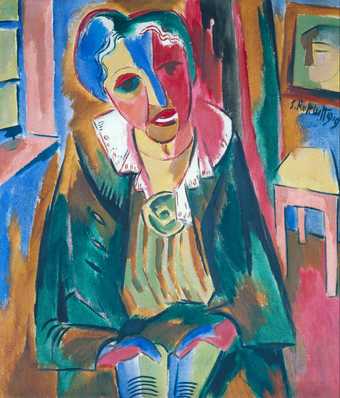
German Expressionism is marked by a powerful intensity that stems from its key characteristics, distinctively expressed through exaggerated emotions, bold colors, and distorted forms. Artists associated with this movement sought to dismantle traditional representations in favor of raw emotional expression, as seen in the work of expressionist painters who emphasized the artist’s inner feelings and perspectives. It wasn’t merely about portraying what was seen but delving deep into the visceral experience of what was felt, a core principle of the expressionist style in both painting and cinema. The heightened emotions conveyed through these works resonated with viewers on a primal level, evoking responses that transcended mere observation to provoke introspection and reflection.
Bold choices in color pallets were another hallmark of German Expressionism, with artists opting for vivid hues that defied naturalistic interpretations. These bold colors served not only as aesthetic elements but as emotive tools used to amplify the sentiments embedded within each piece. By distorting forms and breaking away from realistic depictions, artists like Kirchner and Kandinsky pushed boundaries to capture the inner reality rather than exterior appearances. Through their unbridled creativity, they harnessed the power of abstraction to communicate profound narratives laden with emotion and meaning.
Der Blaue Reiter & Die Brücke
Two main groups of German Expressionist artists emerged: “Die Brücke” (The Bridge), spearheaded by Ernst Ludwig Kirchner, and “Der Blaue Reiter” (The Blue Rider), led by Wassily Kandinsky and Franz Marc.
In the early 20th century, two influential groups of German Expressionist artists emerged, each leaving an indelible mark on the trajectory of modern art. “Die Brücke” (The Bridge), founded in 1905 in Dresden, brought together artists such as Ernst Ludwig Kirchner, Fritz Bleyl, Erich Heckel, and Karl Schmidt-Rottluff. This collective sought to bridge the gap between traditional academic art and the avant-garde, aspiring to forge a new, more expressive style. Known for their bold use of color, dynamic compositions, and expressive brushwork, Die Brücke artists depicted urban scenes, portraits, and landscapes with raw emotion and primal energy. However, internal conflicts and the outbreak of World War I led to the group’s dissolution in 1913, though their influence on Expressionism persisted.
Meanwhile, “Der Blaue Reiter” (The Blue Rider), established in 1911 in Munich, was spearheaded by Wassily Kandinsky and Franz Marc, along with artists like August Macke, Gabriele Münter, and Alexej von Jawlensky. The group’s name, inspired by Kandinsky and Marc’s interest in spiritual symbolism and the color blue, reflected their exploration of the spiritual and emotional dimensions of art. Der Blaue Reiter artists embraced abstraction and the use of color to convey inner experiences, publishing an influential almanac in 1912 that showcased their interdisciplinary approach to art. Although the group disbanded with the onset of World War I, its members continued to shape modern art, particularly abstract and expressionist movements, leaving behind a lasting legacy in the annals of art history.
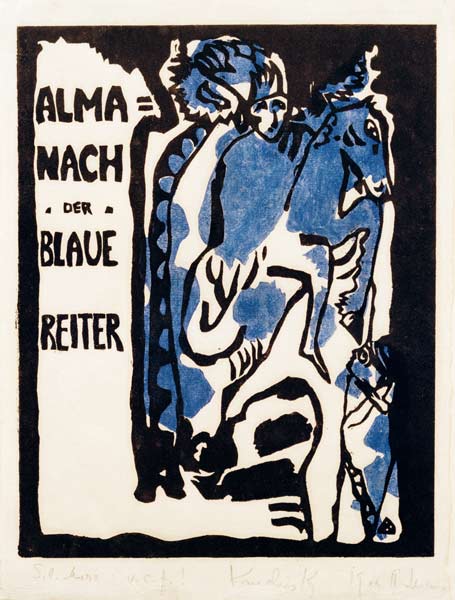
Major German Expressionist Artists
Ernst Ludwig Kirchner
Among the luminaries of German Expressionism, Ernst Ludwig Kirchner stands out for his bold and dynamic works that encapsulate the raw emotion and tumultuous energy of the movement. Kirchner’s paintings often depict urban scenes with a sense of frenetic movement, distorted perspectives, and vibrant colors that evoke an intense emotional response from viewers. His unconventional use of form and color contributes to creating a sense of unease and tension in his pieces, reflecting the societal anxieties present during the early 20th century.
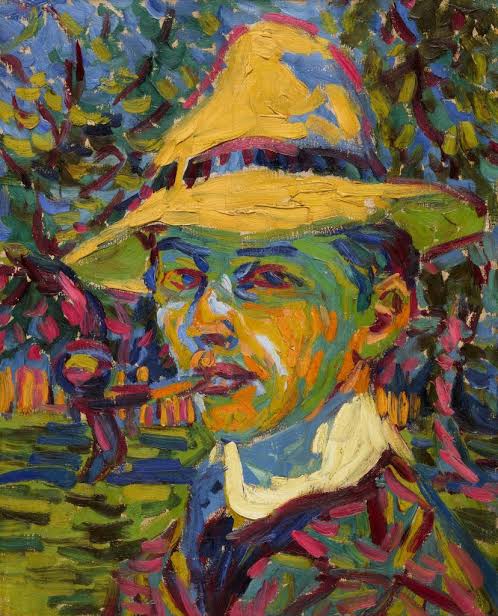
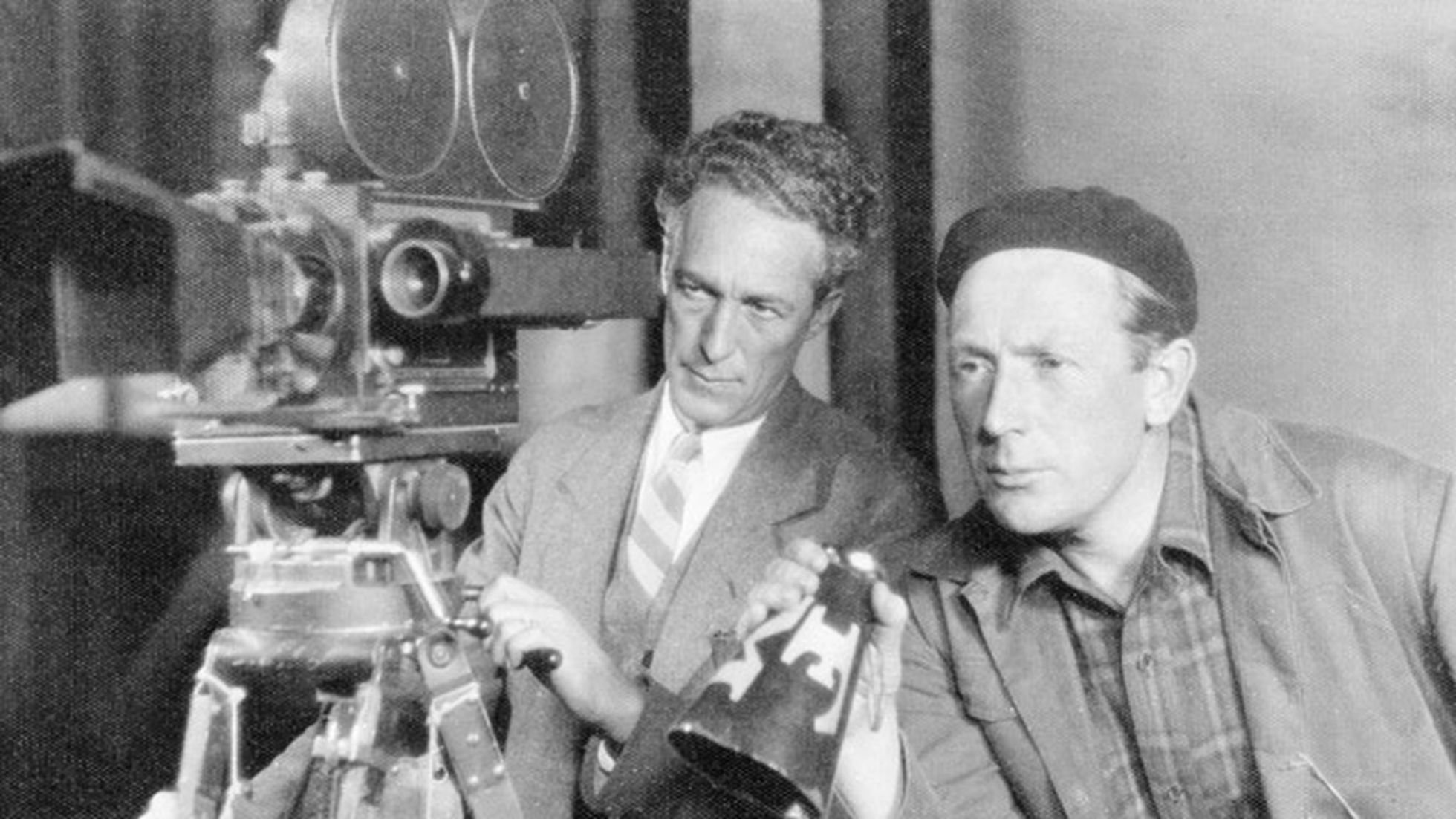
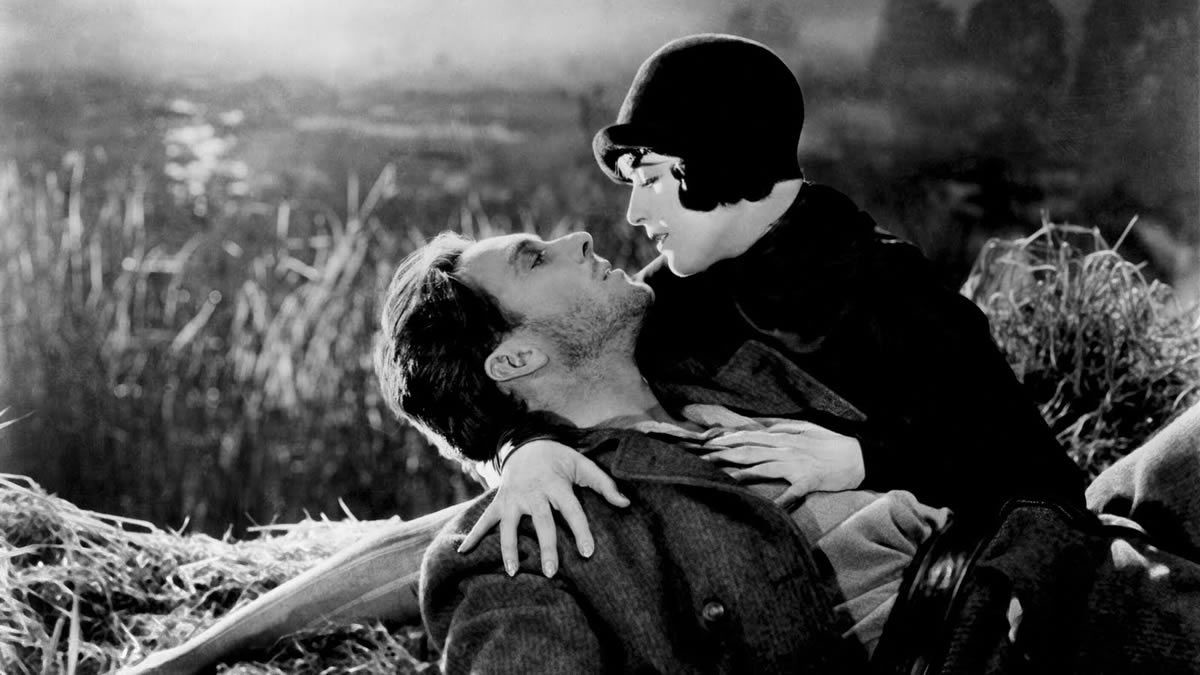
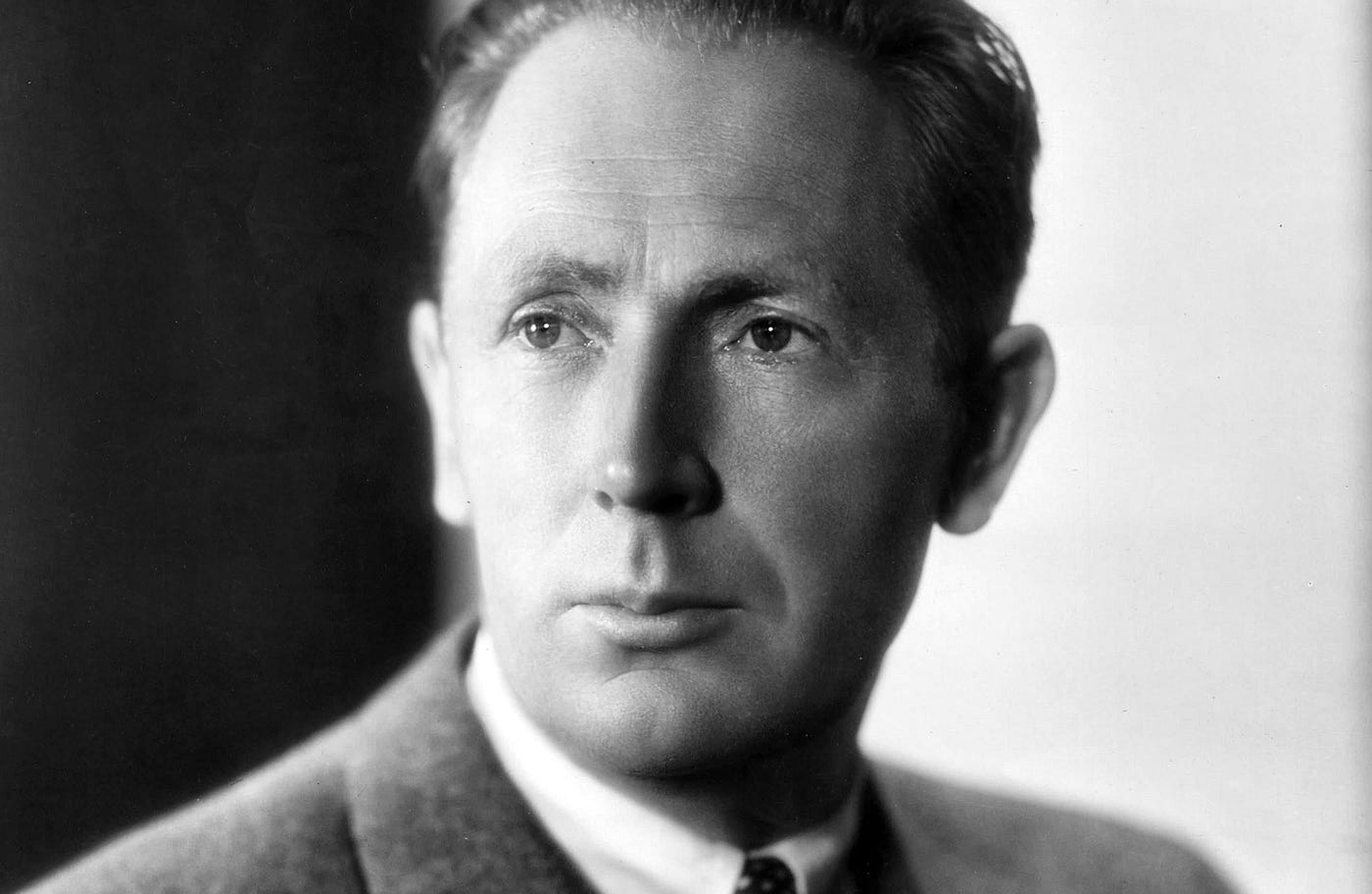
Fritz Lang and F.W. Murnau
Fritz Lang and F.W. Murnau were pivotal figures in cinema, especially with Fritz Lang’s Metropolis, which is a prime example of the expressionist style. Murnau
The rejection of cinematic realism allowed filmmakers like Fritz Lang and F.W. Murnau to delve into the darker aspects of the human psyche, using visual distortion and exaggerated performances to externalize inner conflicts and fears. Through their works, they not only reflected but also amplified the collective anxieties of their audience, offering a cathartic experience amidst the turmoil of the era.
“I am profoundly fascinated by cruelty, fear, horror and death. My films show my preoccupation with violence, the pathology of violence.” – Fritz Lang
Lang’s statement about his fascination with cruelty, fear, horror, and death underscores the thematic focus of many Expressionist films. These filmmakers were not merely observers of society but active interpreters, seeking to dissect and understand the complexities of human nature in the aftermath of a devastating war and amidst economic instability.
The legacy of German Expressionism extends far beyond its immediate context, influencing generations of filmmakers worldwide and shaping the visual language of cinema. Its revolutionary interpretations of the human condition continue to resonate with audiences, reminding us of the enduring power of art to illuminate the darkest corners of the human experience.
Emil Nolde
Emil Nolde, another prominent figure in German Expressionism, is known for his powerful use of color and light to convey deep emotions in his artworks. Nolde’s landscapes are characterized by their vivid tones and dramatic contrasts, imbuing each piece with a sense of heightened drama and intensity, much like the expressionist painters who emphasized emotional over physical landscapes. His ability to evoke strong feelings through color alone sets him apart as a masterful expressionist whose work continues to captivate audiences with its visceral impact.
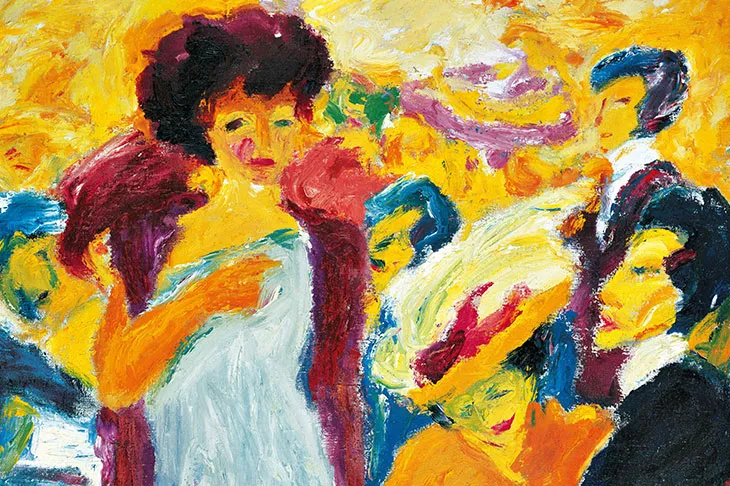
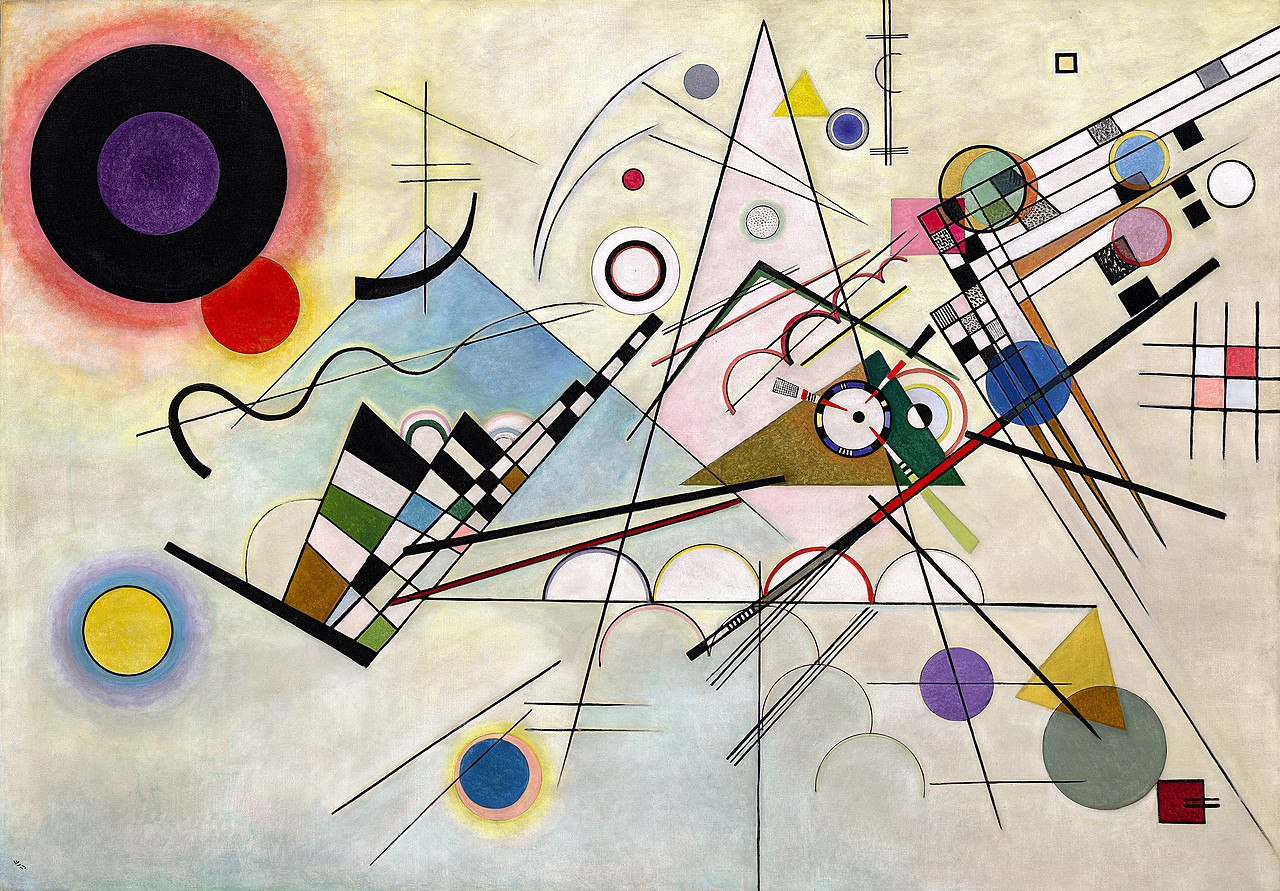
Wassily Kandinsky
Wassily Kandinsky, although originally from Russia, played a significant role in shaping German Expressionism through his innovative approach to abstract art. Kandinsky’s iconic style relies on geometric shapes, bold lines, and striking hues to create compositions that resonate on an emotional level rather than aiming for realistic representation. His emphasis on spiritual elements within art challenged traditional notions of what could be expressed visually and paved the way for future generations of abstract artists inspired by the limitless possibilities of artistic expression.
Influence on Modern Art Forms
German Expressionism, with its bold rejection of conventional artistic norms and its emphasis on emotion and subjective perception, has left an enduring mark on modern art. One notable legacy of German Expressionism is its profound influence on the development of abstract expressionism. Abstract expressionist artists like Jackson Pollock and Willem de Kooning drew inspiration from the raw emotional power and gestural intensity characteristic of German Expressionist works. The spontaneity, abstraction, and focus on individual experience that define abstract expressionism can be traced back to the principles established by early 20th-century German artists who dared to challenge traditional artistic conventions.
Furthermore, the impact of German Expressionism resonates far beyond the realm of visual arts alone. Its influence extends into other creative fields such as cinema, particularly in the genre known as expressionist cinema, which is a cornerstone of the art movement known for its impact on film noir. Filmmakers like F.W. Murnau and Fritz Lang embraced the use of stark lighting contrasts, distorted sets, and psychologically intense narratives characteristic of German Expressionist painting in their groundbreaking silent films. This fusion gave rise to a new cinematic language that emphasized mood over realism, paving the way for future filmmakers to experiment with unconventional storytelling techniques that continue to captivate audiences today.
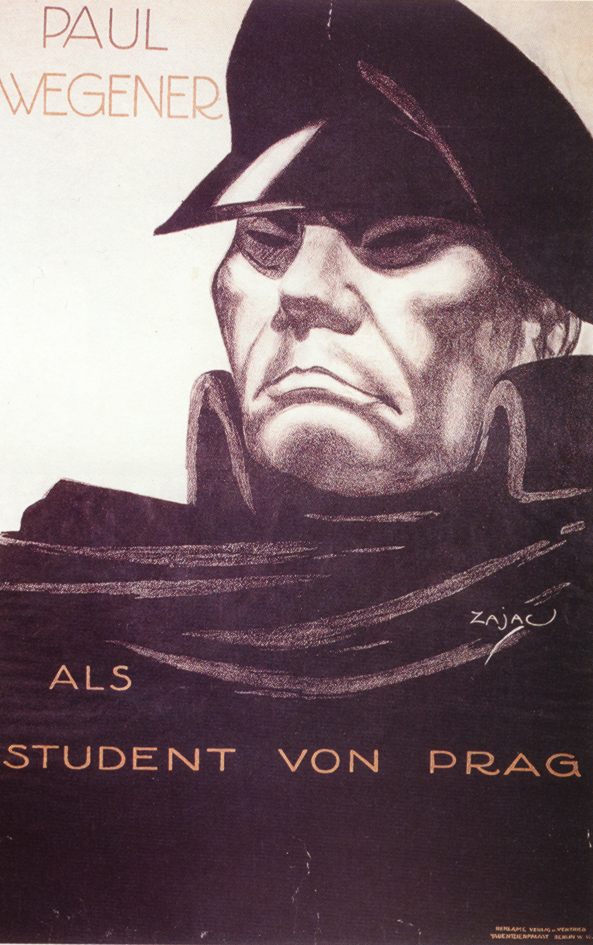
Legacy of German Expressionism in Contemporary Art
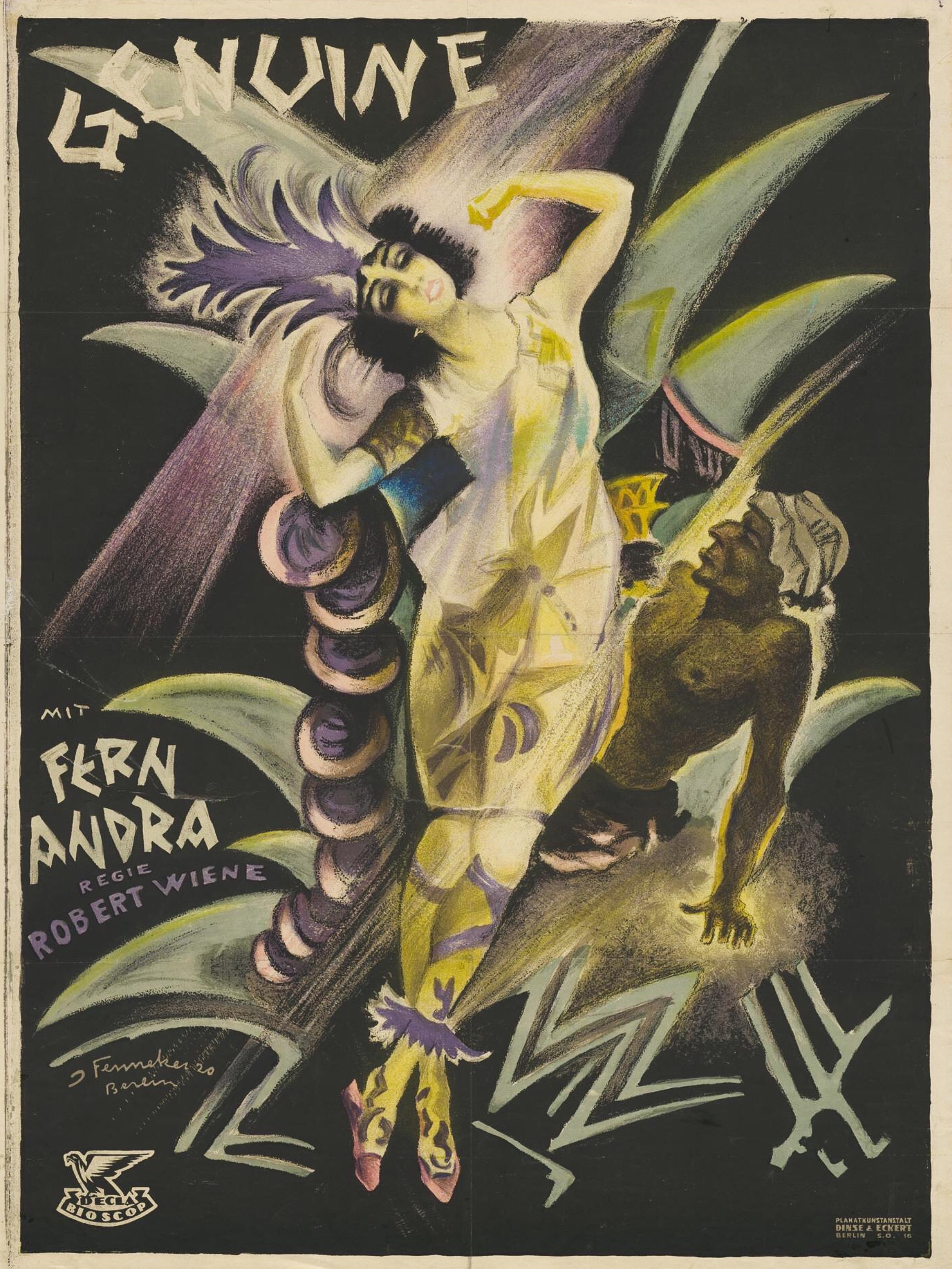
German Expressionism continues to cast a profound shadow over contemporary art practices, its influence reverberating through diverse artistic movements and styles. The raw emotional power and introspective depth characteristic of German Expressionist works have provided a rich source of inspiration for artists seeking to infuse their creations with an authentic, unfiltered essence. From the bold brushwork and vivid colors that defined Kirchner’s street scenes to the hauntingly distorted figures portrayed by Kandinsky, elements of German Expressionism can be discerned in the visceral aesthetics embraced by many modern creators.
Moreover, the thematic preoccupations of German Expressionism—existential angst, social critique, and inner turmoil—resonate strongly with a world grappling with complex issues on personal, societal, and global scales. Artists today continue to draw upon these themes as they confront contemporary challenges and grapple with questions of identity, alienation, and human connection, often emphasizing the artist’s inner state in a manner reminiscent of expressionist painters. Through its enduring legacy in visual arts, film production design, theater staging techniques, and even fashion trends influenced by its avant-garde sensibilities; German Expressionism maintains a vital presence in shaping the cultural landscape of our time.
CONCLUSION
German Expressionism stands as a pivotal movement that shaped not only the landscape of cinema but also had a profound influence on architecture, visual arts, and beyond. Originating in the early 20th century, German Expressionism emerged from the tumultuous socio-political context following World War I, partly stemming from German Romanticism and the avant-garde spirit of the era.
German Expressionist cinema, epitomized by filmmakers such as Fritz Lang and F.W. Murnau, utilized exaggerated emotions, distorted realities, and bold chiaroscuro lighting to convey subjective inner experiences. Lang’s “Metropolis” and “M,” along with Murnau’s “Nosferatu” and “From Morn to Midnight,” are classic examples of films that embraced Expressionist principles, immersing audiences in visually stunning and psychologically rich narratives.
Parallel to the cinematic movement, Expressionist architecture flourished, with architects creating dynamic and emotive structures that echoed the principles of the visual arts. Artists like Ernst Ludwig Kirchner and Wassily Kandinsky, associated with groups such as “Die Brücke” and “Der Blaue Reiter” respectively, further expanded Expressionism’s reach, exploring themes of existential angst and social critique through their works.
Notable figures like Georg Wilhelm Pabst and playwright Georg Kaiser contributed to the Expressionist movement with their distinct visions, while painters like Marianne von Werefkin and Alexej von Jawlensky added depth to Expressionist art with their emotive canvases.
In the broader context of the modernist movement, German Expressionism served as a precursor, challenging artistic conventions and pushing the boundaries of creative expression. Its influence resonated globally, inspiring artists and filmmakers across borders and generations.
In essence, German Expressionism remains a beacon of artistic innovation and introspection, described as pure German Expressionism, characterized by its bold experimentation and emphasis on subjective emotions. By creating a nightmarish yet aesthetically controlled world, German Expressionist artists and filmmakers captured the zeitgeist of their era while leaving behind a timeless legacy that continues to captivate and inspire audiences worldwide.
